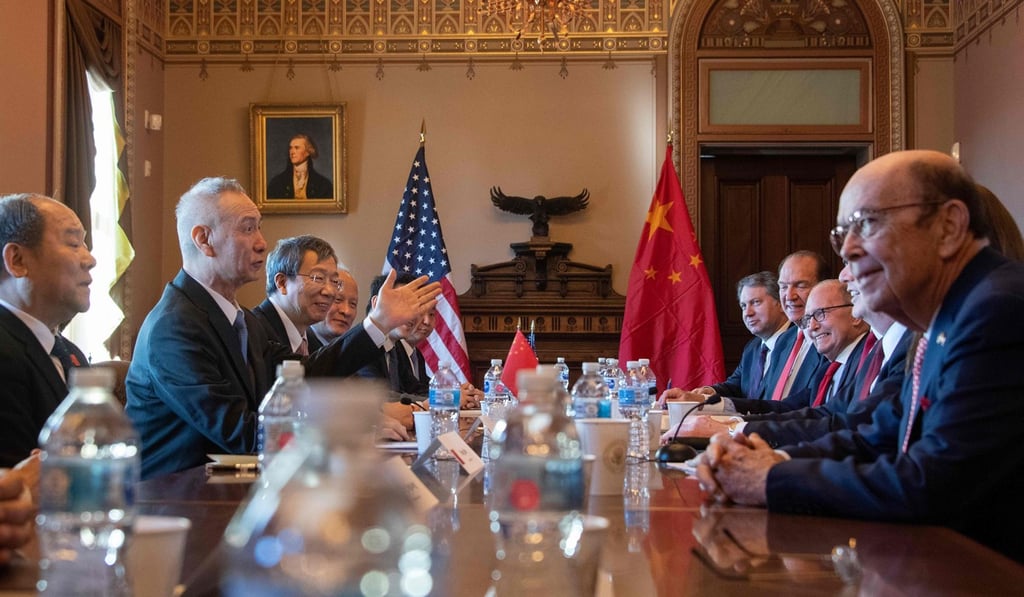Opinion | A US strategy that seeks to ‘manage’ China based only on American interests may be a fool’s errand
- Mark J. Valencia says instead of seeking to contain China through a strategy of ‘competitive coexistence’, the US must accept China’s growing influence and realistically negotiate the transition to a new order in which power is shared

Erickson is an influential expert on China’s military and has testified before various US Congressional committees regarding the China “threat”. His article starts with the assumption that China can be – and should be – “managed”. This may well be a fool’s errand.
His paradigm’s key pillars are “oppose [China’s] harmful behaviours”, “accept risk and friction to recalibrate Chinese actions”, “hold ground in contested areas” and “reduce tensions and pursue shared interests as much as Beijing is willing to do so”.
The last pillar would be rather difficult, if not impossible, to achieve if the first three are implemented. Indeed, pursuing the first three pillars is likely to confirm to China that the US is trying to contain it. China would probably respond accordingly and tensions are bound to rise.
Further, the paradigm essentially rules out negotiation and flexibility by urging the US to be “clear, firm and consistent from the start”. More problematic, it advocates that the US uphold “its vital interests and those of its allies and partners” – a term that encompasses a range of contentious issues across Asia.


